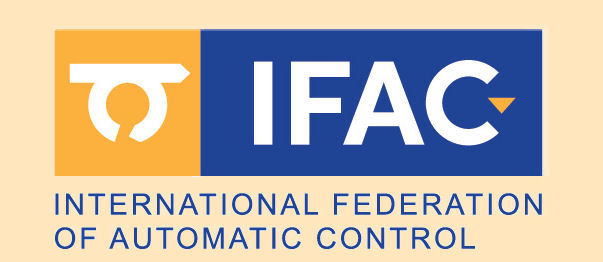| Paper WeBT4.2
Cruz, Anel Olivares (Polytechnic Metropolitan University of Hidalgo), Espinoza Quesada, Eduardo Steed (Center for Research and Advanced Studies of the National Polytec), Ramos Velasco, Luis Enrique (Universidad Autónoma del Estado de Hidalgo), Garcia, Omar Alejandro (New Mexico State University), Garcia Carrillo, Luis Rodolfo (New Mexico State University), Rubio Scola, Ignacio (CIFASIS-CONICET and National University of Rosario (UNR))
Biologically-Inspired Self-Tuning Neuromorphic PID Control for Real-Time Trajectory Tracking of a UAS
Scheduled for presentation during the Regular Session "Aerial and Space Robots" (WeBT4), Wednesday, July 16, 2025,
14:20−14:40, Room 108
Joint 10th IFAC Symposium on Mechatronic Systems and 14th Symposium on Robotics, July 15-18, 2025, Paris, France
This information is tentative and subject to change. Compiled on July 16, 2025
|


 This site is protected by copyright and trademark laws under US and International law.
This site is protected by copyright and trademark laws under US and International law.